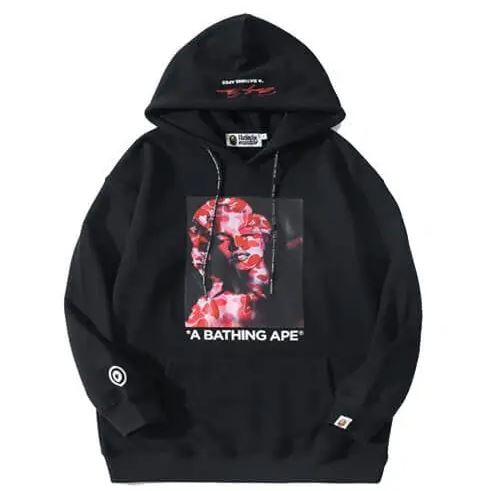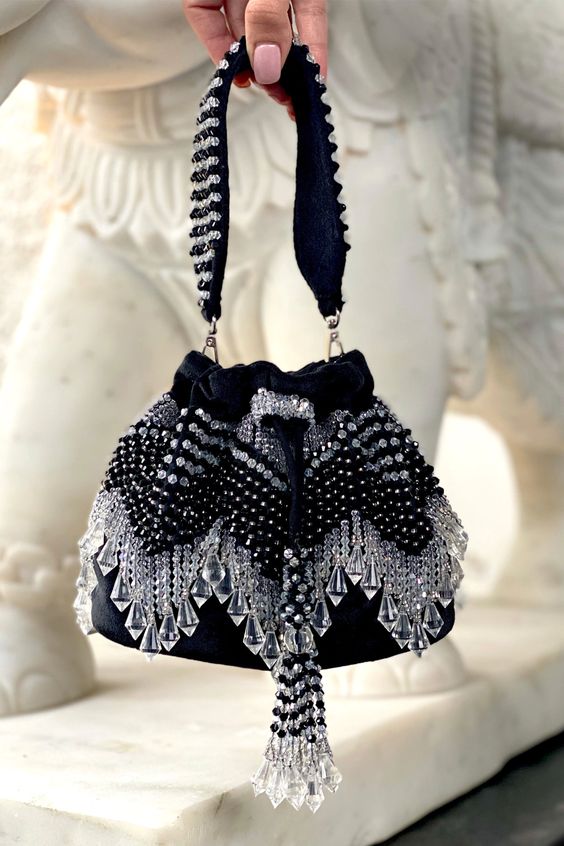Bape, short for A Bathing Ape, is a Japanese streetwear brand that has taken the fashion world by storm since its inception in 1993. Known for its distinctive camo patterns, ape head logo, and iconic shark hoodies, Bape has become a global phenomenon in the streetwear and urban fashion scene. Among its many iconic products, Bape hoodies stand out as a symbol of the brand’s creativity, innovation, and influence on contemporary fashion. In this article, we will take a deep dive into the world of Bape hoodies, exploring their history, design elements, cultural significance, and enduring popularity.
History of Bape
To understand Bape hoodies, we need to begin with a brief overview of the brand’s history. Bape was founded by Nigo (real name Tomoaki Nagao) in Ura-Harajuku, Tokyo, a neighborhood that was becoming a hotspot for Japanese street fashion in the early 1990s. Nigo’s vision was to create a brand that blended elements of street culture, hip-hop, and pop art, and the result was A Bathing Ape.
Early Influences
Bape was heavily influenced by American street culture, particularly hip-hop and graffiti. Nigo’s early exposure to these subcultures played a significant role in shaping the brand’s identity. The name “A Bathing Ape” is believed to be a reference to the 1968 film “Planet of the Apes,” a pop culture icon of that era.
Camouflage Patterns
One of Bape’s most distinctive features is its use of camouflage patterns, particularly the “1st Camo” and “2nd Camo” designs. These camo patterns were incorporated into Bape’s clothing, including its hoodies, and quickly became synonymous with the brand.
The Evolution of Bape Hoodies
Bape hoodies have undergone numerous transformations since their introduction. Let’s explore the key aspects of their evolution.
Iconic Shark Hoodies
One of Bape’s most recognizable hoodie designs is the shark hoodie. Introduced in the early 2000s, the shark hoodie features a distinctive zipper that runs from the hood to the chest, resembling the open mouth of a shark. This unique design element has become a symbol of Bape and is often replicated by other streetwear brands.
Limited Editions and Collaborations
Bape is known for its limited-edition releases and collaborations with other brands and artists. Bape hoodies have been at the center of many of these collaborations, making them highly sought-after by collectors and fashion enthusiasts. Collaborations with brands like Supreme, Nike, and artists like Kanye West have elevated the status of Bape hoodies in the streetwear world.
Quality and Craftsmanship
Bape places a strong emphasis on the quality and craftsmanship of its products. Bape hoodies are often made from premium materials, ensuring comfort and durability. This commitment to quality has contributed to their lasting popularity.
Design Elements of Bape Hoodies
Bape hoodies are known for their unique design elements, which set them apart from other hoodies in the market.
Ape Head Logo
The Ape Head logo, featuring a stylized image of an ape’s face, is prominently featured on many Bape hoodies. This logo is a symbol of the brand and is instantly recognizable to fans and fashion enthusiasts alike.
Camouflage Patterns
As mentioned earlier, Bape is renowned for its camouflage patterns. These patterns are often used as the main design element on Bape hoodies, giving them a distinctive and eye-catching look.
Zipper Details
The shark hoodie’s zipper detail is a signature feature that not only adds a unique aesthetic but also serves a functional purpose. The zipper can be fully closed to create a face mask, offering both style and protection from the elements.
Cultural Significance
Bape hoodies have transcended their status as mere clothing items and have become cultural symbols in their own right.
Celebrity Endorsement
Many celebrities and musicians have been seen sporting Bape hoodies, further popularizing the brand. Rappers like Pharrell Williams, Kanye West, and A$AP Rocky are just a few of the notable figures who have embraced Bape as part of their signature style.
Streetwear Movement
Bape has played a significant role in the global streetwear movement. The brand’s unique designs and limited-edition releases have contributed to the rise of streetwear as a cultural phenomenon, with Bape hoodies as one of its flagship products.
Pop Culture References
Bape’s influence extends to pop culture, with the brand often referenced in movies, music, and other forms of entertainment. Bape hoodies have become a symbol of street fashion in mainstream culture.
Popularity and Collectibility
Bape hoodies are not just garments; they are collectible pieces of art and culture. Their limited availability and unique designs make them highly sought after by collectors and fashion enthusiasts.
Resale Market
Due to their limited releases and collaborations, Bape hoodies often sell out quickly upon release. This has led to a thriving resale market, with some vintage Bape hoodies commanding high prices. Collectors are willing to pay a premium for rare and vintage pieces.
Hypebeast Culture
Bape hoodies are a cornerstone of hypebeast culture, where individuals eagerly seek out and showcase their collections of highly sought-after streetwear brands. Bape’s consistent ability to generate hype around its releases has contributed to the enduring popularity of its hoodies.
Influence on Other Brands
Bape’s success has influenced other streetwear brands, leading to the creation of a competitive and innovative market. The distinctive design elements and quality of Bape hoodies have set a high standard for the industry.
Conclusion
Bape hoodies represent more than just clothing; they embody a cultural phenomenon that has influenced fashion, music, and pop culture on a global scale. Their unique design elements, limited releases, and collaborations have made them a coveted item among collectors and fashion enthusiasts. Bape’s impact on streetwear and its ability to consistently generate hype and demand for its products highlight the brand’s enduring significance in the fashion world. As Bape continues to evolve and innovate, Bape hoodies are sure to remain a symbol of creativity and individuality in street fashion.







